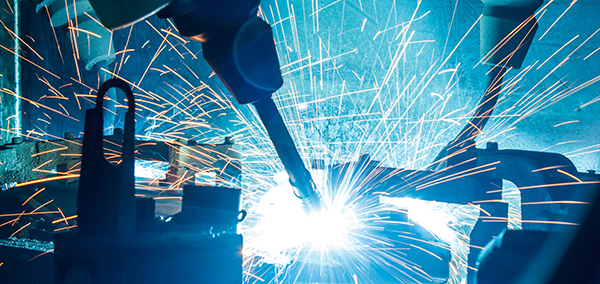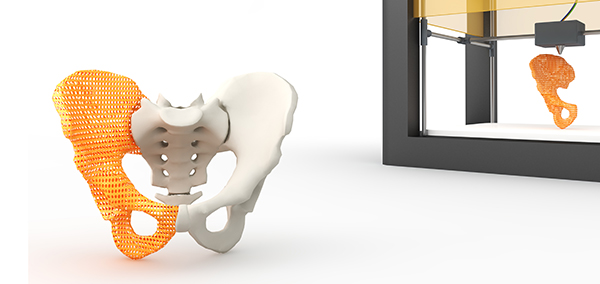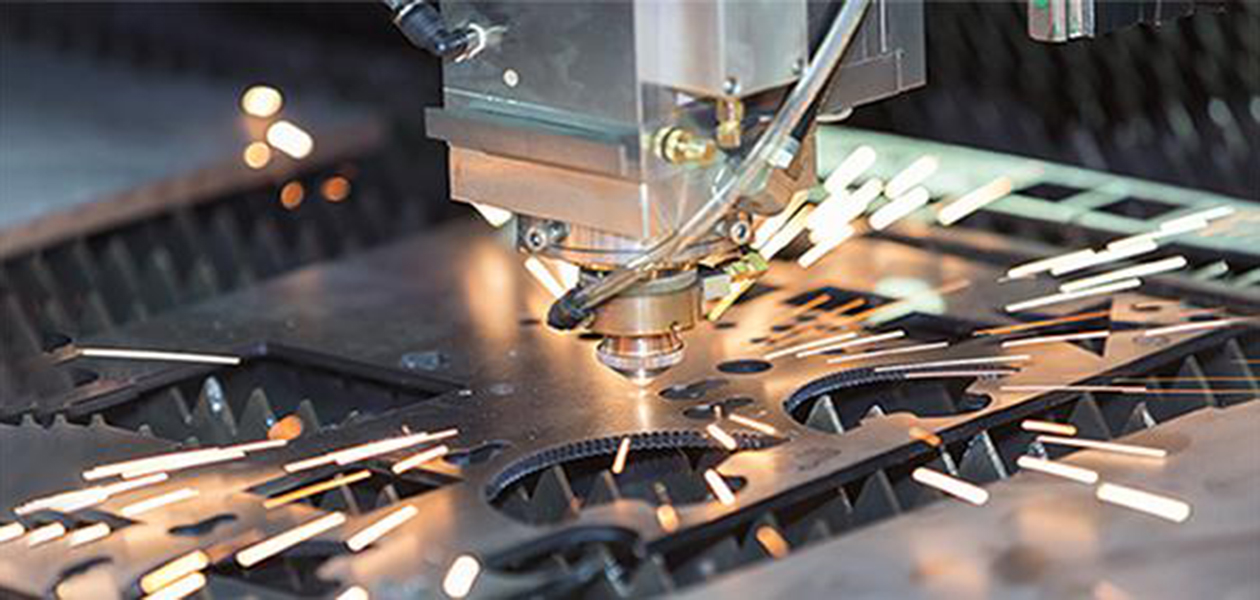Manufacturing gets an update
From gripping to welding and augmented 3D printing, these three TechOffers could increase the precision and productivity of factories and assembly lines.
Machines are increasingly being used on the manufacturing floor to carry out picking and placing, integrating and assembling parts and components in a tightly orchestrated dance. But with miniaturisation and increasing complexity of products, manipulating product components at the resolution of centimetres to millimetres is no longer enough. Many of these tasks operate at the micrometres scale or even lower, and this is where precision manufacturing matters most.
From telecommunications to consumer electronics and biomedical devices, precision manufacturing is becoming the norm rather than the exception, helping to raise the resolution of production while enhancing productivity and ensuring consistency of outputs. We feature here three TechOffers that could help businesses achieve the level of precision they may need to deliver new and improved products to their clients.

Getting a grip
For those with less dexterous hands, threading a needle already presents a challenge. Now imagine the difficulty of handling items in the millimetre and submillimetre size range—just a few times thicker than the human hair. To add another level of complexity, objects of that size are often subject to adhesion forces—such as static—which means that they tend to stick to the grasping tools used to pick them up. This ‘stickiness’ impedes the accurate release and placement of the object after it has been picked up.
Rather than rely on forceps or tweezers to manipulate submillimetre-sized items, an Italian research institute has designed a vacuum-based mechanism for gripping and release. Consisting of a hollow main body and a retractile thin needle release system, the micro-gripper relies on applied vacuum pressure to lift the needle, allowing the suction force to grip a target item. To release, the vacuum pressure is removed and the needle descends, impacting the item and ensuring its detachment. As only one actuator is required for both picking the item and releasing, the overall device is simple, lightweight, yet effective. Because a mechanical force is applied during release, there is a low chance of the item adhering to the micro-gripper, allowing for more precise spatial arrangement when picking and placing.
Importantly, the micro-gripper can be integrated with a robotic arm or mounted on a tele-operated manipulation system to give it a range of motions and applications. This invention has a variety of applications in electronics manufacturing, packaging and even biomedical device assembly.

If everything goes weld…
Going beyond manipulation, some industrial processes require two or more different components and materials to be attached to one another in an exacting manner by welding. The most common form of welding is arc welding, where a current is applied to generate heat and fuse two metal workpieces together. However, arc welding is unsuitable for special alloys and difficult to carry out on small components.
A useful alternative is laser welding, where a focused laser beam is used as a concentrated heat source. The technique offers much higher resolution and allows for better control over the welding process so as to avoid heat-induced distortion or damage of materials. Taking the technology one step further, a team of inventors has integrated advanced pulse lasers with a robot and vision system for fully automated welding and inspection.
The system has demonstrated compatibility with a wide range of materials, including stainless steels, Inconel, Hastelloy, copper alloys and aluminium alloys. Companies that invest in such advanced precision welding tools could therefore be well-poised to tap into the US$13.27 billion global welding products market, which is expected to expand further at a compound annual growth rate of 5.6 percent from 2017-2025.

A sound solution
Instead of having to weld or join individual units together in separate processes to form a finished product, the field of additive manufacturing promises to allow products to be manufactured as a single unit via 3D printing. A key element of the material extrusion mode of 3D printing, is the nozzle through which materials are dispensed.
For multiphase materials consisting of microparticles suspended in the solution or medium being printed, the distribution of said particles may affect the mechanical performance and functional properties of the resultant product. This is why a company has devised an acoustic nozzle to control the constitution of multiphase materials just before they are discharged.
By applying sound waves of varying frequencies, microparticles can be dispersed evenly within the printing medium or patterned according to the requirements of a desired product. The use of acoustics also reduces the likelihood of the nozzle clogging during the 3D printing process. Last but not least, the inventors note that their acoustic nozzle is also compatible with 3D bioprinting, that is, the printing of live cells in a 3D construct. This invention could thus pave the way for novel biomedical applications such as implants and regenerative medicine.

